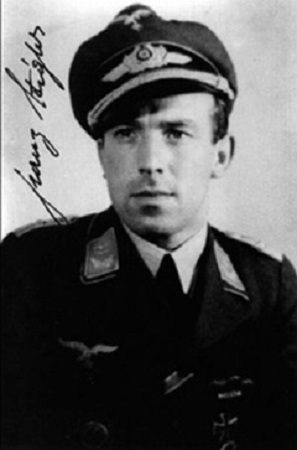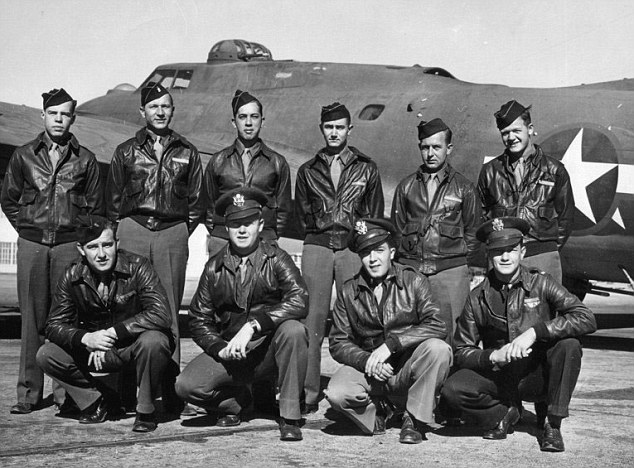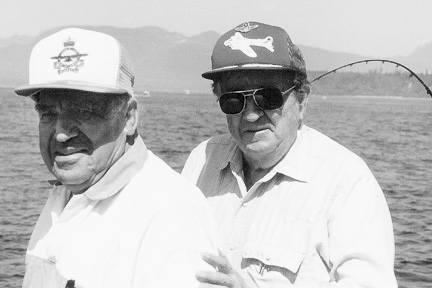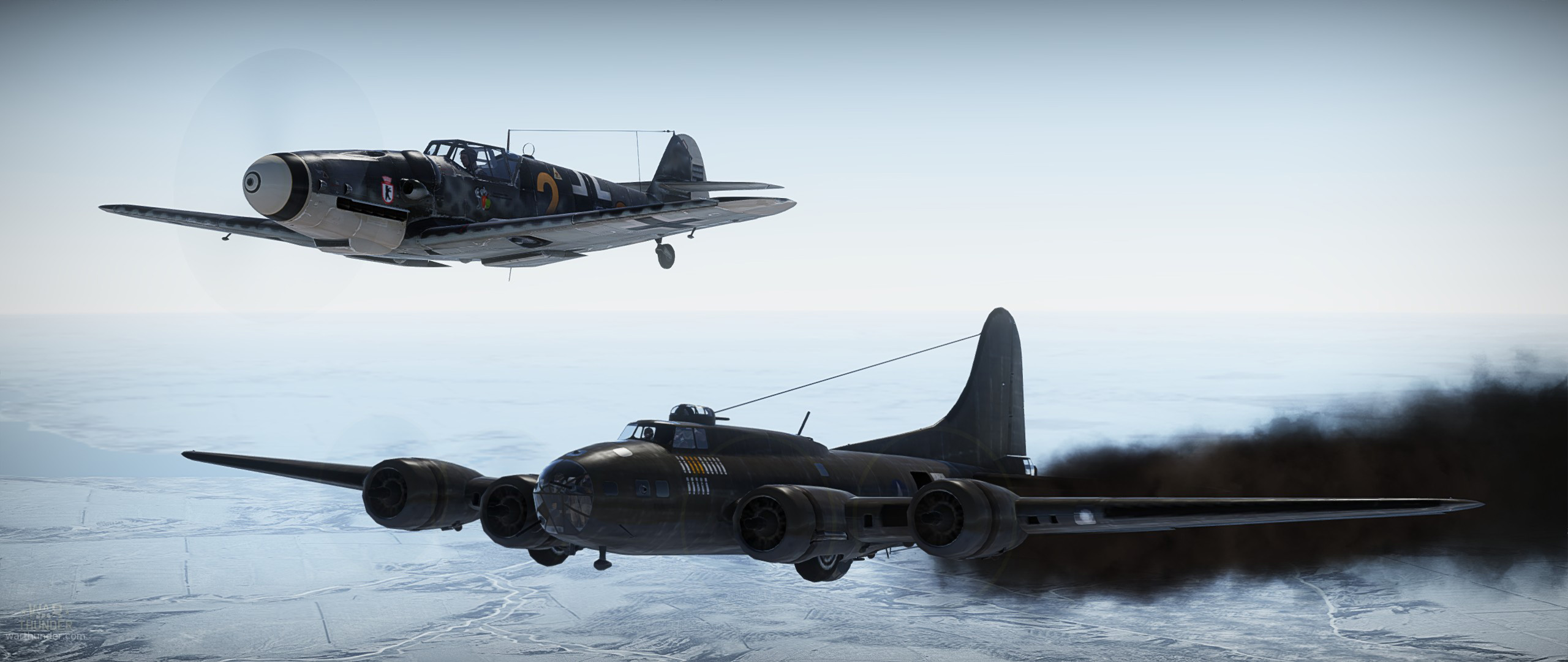
- For PC
- For MAC
- For Linux
- OS: Windows 10 (64 bit)
- Processor: Dual-Core 2.2 GHz
- Memory: 4GB
- Video Card: DirectX 11 level video card: AMD Radeon 77XX / NVIDIA GeForce GTX 660. The minimum supported resolution for the game is 720p.
- Network: Broadband Internet connection
- Hard Drive: 23.1 GB (Minimal client)
- OS: Windows 10/11 (64 bit)
- Processor: Intel Core i5 or Ryzen 5 3600 and better
- Memory: 16 GB and more
- Video Card: DirectX 11 level video card or higher and drivers: Nvidia GeForce 1060 and higher, Radeon RX 570 and higher
- Network: Broadband Internet connection
- Hard Drive: 75.9 GB (Full client)
- OS: Mac OS Big Sur 11.0 or newer
- Processor: Core i5, minimum 2.2GHz (Intel Xeon is not supported)
- Memory: 6 GB
- Video Card: Intel Iris Pro 5200 (Mac), or analog from AMD/Nvidia for Mac. Minimum supported resolution for the game is 720p with Metal support.
- Network: Broadband Internet connection
- Hard Drive: 22.1 GB (Minimal client)
- OS: Mac OS Big Sur 11.0 or newer
- Processor: Core i7 (Intel Xeon is not supported)
- Memory: 8 GB
- Video Card: Radeon Vega II or higher with Metal support.
- Network: Broadband Internet connection
- Hard Drive: 62.2 GB (Full client)
- OS: Most modern 64bit Linux distributions
- Processor: Dual-Core 2.4 GHz
- Memory: 4 GB
- Video Card: NVIDIA 660 with latest proprietary drivers (not older than 6 months) / similar AMD with latest proprietary drivers (not older than 6 months; the minimum supported resolution for the game is 720p) with Vulkan support.
- Network: Broadband Internet connection
- Hard Drive: 22.1 GB (Minimal client)
- OS: Ubuntu 20.04 64bit
- Processor: Intel Core i7
- Memory: 16 GB
- Video Card: NVIDIA 1060 with latest proprietary drivers (not older than 6 months) / similar AMD (Radeon RX 570) with latest proprietary drivers (not older than 6 months) with Vulkan support.
- Network: Broadband Internet connection
- Hard Drive: 62.2 GB (Full client)
Bf 109 G-6, piloted by Franz Stigler escorting B-17, camouflage for Bf 109 by LoneWolfSones | Download Here
Ludwig Franz Stigler was born in Regensburg on August 21st 1915, the younger of two sons of Franz Stigler. Stigler recalled both of his parents with great affectation; his mother was the disciplinarian and raised him with the same staunch Catholic ideals she held whilst his father was a little more relaxed and a gentle and affectionate man. Idolising his father – a First World War reconnaissance pilot – the young Stigler went by his middle name of Franz.
 Oberleutnant Franz Stigler Oberleutnant Franz Stigler |
After the war Stigler’s father had found work managing horses for an estate. He met Father Josef, a Catholic Priest who had flown fighters in the First World War. The two decided to start a gliding school for local children; after saving up for plans for a Stamer Lippisch ‘Pupil’ glider, they supervised the building of the aircraft by local boys. In the summer of 1927, the young Franz Stigler took his first flight in a glider at the age of only 12.
As his father watched in horror the glider pitched violently nose up and rocketed skyward before plummeting down and impacting with the ground. Stigler Senior sprinted over to the crash site in panic, but found his son alive and well. He burst into tears and embraced his son, apologizing profusely as he realized he had not added any counter balance weights to the glider to compensate for such a light pilot. The glider was repaired and, undeterred, Stigler took his first flight.
To his mother’s delight, Stigler initially trained as a priest but at the age of 17, after being caught in an amorous relationship with a brewmaster’s daughter, it was clear that the priesthood was not for Stigler. He wanted to fly; after starting an aeronautical engineering degree at university, Stigler dropped out to concentrate on flying itself. He qualified as an airline pilot and flew for Lufthansa for four years, amassing some 2000 hours in his logbook. Then, in 1937, Stigler was ordered to begin a new job of training pilots for the military. This would also involve flying to Spain where he would be dropping off supplies for Nationalist forces engaged in fighting in the civil war.
Stigler enjoyed being an instructor; one of his students was a young Gerhard Barkhorn. However, as a civilian instructor he found he lacked the authority to deal with some of his military students and so was enlisted into the ranks of the Luftwaffe. A highly experienced pilot, he was soon promoted to unteroffizier (corporal). In early 1939 Stigler even trained his older brother August, who stated his preference to fly bombers. However, Franz worried about his brother – vocal in his opposition to the Nazi party, August followed in his parents’ footsteps as both had voted against Hitler’s rise to power. Franz’s pride at seeing his brother graduate was tragically short lived – in October 1940 August’s Ju88 crashed on take off. The loss of his brother made him angry and resentful; Stigler volunteered for service on the front line.
 |
| The crew of the B-17F "Ye Olde Pub" |
After acceptance within the ranks of the fighter fraternity, Stigler was promoted to feldwebel (sergeant) and posted to North Africa to fly Bf109Fs with JG27, arriving in late spring of 1942. Despite 4000 flying hours logged, Stigler’s first encounter with the enemy was a disaster; Stigler panicked as soon as he was locked in combat with RAF P40s – he abandoned his wing leader and fled. Upon landing his leader – 37 kill ace Gustav Roedel – had enough sympathy to congratulate Stigler on surviving his first mission. Stigler replied that he would be happy to confirm Roedel’s latest kill but first needed to change his trousers. Stigler was soon introduced to the legendary ace Hans-Joachim Marseille. He immediately took to Marseille and found himself in awe of the pilot, but found other flyers of JG 27 to be far less enamored.
On May 31st, Stigler scored his first kill – a P40. After landing he was reprimanded by Roedel for smiling; the veteran pilot lectured him as they had lost three friends to the RAF in the same fight; there was nothing to celebrate. Shortly after Stigler was shot down for the first time, but was taken back to his airstrip via camel, courtesy of a local Bedouin tribe. By the end of July Stigler had shot down five British aircraft to become an ace; in an effort to emulate Roedel he copied his leader’s practice of refusing to paint kill markings on his rudder – it was just a job, a team effort and personal glory was not an aim. Eventually, with photographers featuring JG 27’s exploits, Stigler was ordered to paint his kill markings on. Finally, in September 1942, Stigler was sent back to Germany for a break from combat.
After North Africa, Stigler next saw combat whilst defending Sicily from allied bombers. His tally of victories continued to mount – by April 1943 he had shot down 17 aircraft. Later in the month, Stigler met Adolf Galland for the first time; the meeting was intended as a reprimand for pursuing enemy fighters rather than bombers, but after discussing tactics and their experiences in Spain, the two left on very good terms. Whilst in Sicily Stigler was also interviewed by the Gestapo; the Catholic Church in Germany was stirring up anti-Nazi sentiment and links to Stigler’s brother had been uncovered.
 Charlie Brown and Franz Stigler in 2008 Charlie Brown and Franz Stigler in 2008 |
In August Stigler found himself back in Germany, now tasked with flying his Bf109 in defense of the Reich against the mass day bombing of the USAAF. In December he was involved in an incident which decades later would become famous. On its first mission, a bombing run to Bremen, a B-17 of the 379th Bomb Group named ‘Ye Olde Pub’ was severely damaged by a combination of AA and German fighters. Clawing its way home with engines spluttering, one stabilizer shot off completely, its nose open to the elements and dead and wounded on board, the lone bomber was intercepted by Stigler – this kill would give him the points he needed for a Knights Cross. Seeing the plight of the American airmen Stigler was filled with compassion; instead of finishing the bomber off, he flew alongside and tried to signal for the bomber to land. When they refused, he gestured for them to head to neutral Sweden. In the end, after flying alongside for some time, Stigler saluted, said a brief prayer for them and headed for home.
January 1944 saw Stigler promoted and given command of his own squadron within JG 27, operating from Graz in Austria. He took far more time trying to train his pilots to survive than chasing kills – the points required for a Knights Cross had been raised but Stigler no longer cared. Stigler continued bravely with his duty but signed his victories off to his junior pilots to help bolster their confidence. In October Stigler was wounded by a .50 calibre round to the head; whilst his survival was miraculous, he was grounded by doctors worried over brain trauma.
After spending time looking after his recently widowed mother, Stigler returned to flying and began his conversion course to the Me 262 in January 1945. After converting, he returned briefly to instructing before seeing out the last days of the war back on the front line with the elite JV 44. Whilst unit records show Stigler shot down at least four US bombers whilst flying Me 262s, his final tally is impossible to verify as he had ceased to bother claiming victories. In May 1945, Stigler took his jet and fled, eventually surrendering to American forces.
After the war Stigler initially struggled along in Germany before moving to Canada in 1953 with his wife. He found work as a mechanic with a logging company. After fathering a daughter, the two divorced in 1954. He remarried and did return to the skies, buying a Messerschmit 108 which he painted as his old Bf109 to play the ‘villain’ at air shows. In 1990 he met Charles Brown, the pilot of the B-17 he had spared back in 1943. The two remained friends until Stigler passed away in March 2008.
About The Author
 |
Mark Barber, War Thunder Historical Consultant Mark Barber is a pilot in the British Royal Navy's Fleet Air Arm. His first book was published by Osprey Publishing in 2008; subsequently, he has written several more titles for Osprey and has also published articles for several magazines, including the UK's top selling aviation magazine 'FlyPast'. His main areas of interest are British Naval Aviation in the First and Second World Wars and RAF Fighter Command in the Second World War. He currently works with Gaijin Entertainment as a Historical Consultant, helping to run the Historical Section of the War Thunder forums and heading up the Ace of the Month series. |
On this occasion could not miss one of the most popular War Thunder videos depicting the famous flight of Stigler and Brown.




